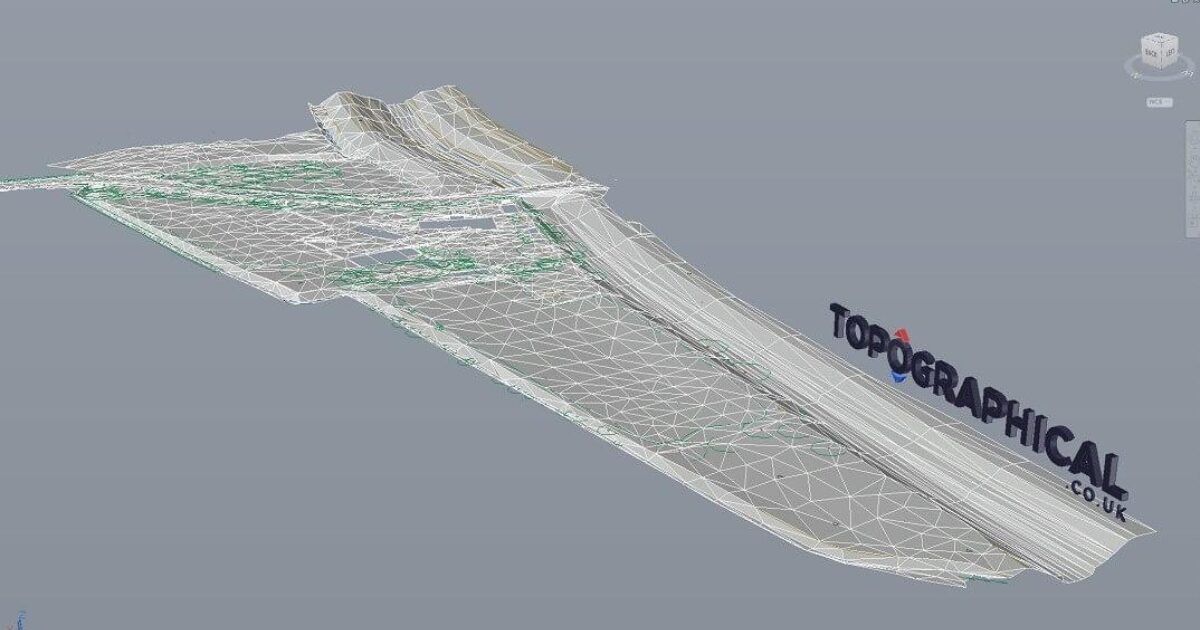Necessary Devices and Techniques in Setting Out Design
The self-control of establishing out engineering depends greatly on a suite of important devices and techniques that underpin the accuracy and efficiency of project implementation. What ramifications does this hold for future engineering practices?
The Significance of Accurate Measurements

The value of exact dimensions expands beyond mere conformity; they are essential to the total effectiveness of engineering processes. Inaccuracies can bring about worldly waste, job delays, and increased labor costs, eventually affecting the job's profits. Exact measurements boost the high quality of the last item, making sure that it executes as intended and fulfills the assumptions of stakeholders.
In addition, the value of precise dimensions appears in different design techniques, including civil, mechanical, and electrical design. Each field requires a special strategy to measurement, yet the underlying requirement for precision continues to be continuous. As tasks end up being increasingly complex, the reliance on exact measurements will only increase, emphasizing the demand for continuous improvements in measurement strategies and technologies. Hence, promoting a society that prioritizes accuracy is vital for the future of engineering.
Crucial Tools for Laying Out
Laying out, an important phase in the engineering and building process, counts greatly on specific tools that make sure accurate area and positioning of frameworks. Among these devices, the property surveyor's degree stands apart, supplying specific horizontal measurements necessary for developing reference points. This tool allows designers to identify altitude modifications and preserve harmony throughout the project site.
The total station is another essential device, integrating digital range dimension with angular dimension abilities. This technology improves efficiency and accuracy in capturing spatial data, permitting reliable site design and preparation.
Additionally, using measuring tapes and noting devices, such as chalk lines or stakes, is fundamental for briefly marking limits and vital factors on the website. These basic devices, though basic, are critical for making sure clear interaction amongst the building and construction group pertaining to job specs.
Lastly, GPS technology has acquired grip in establishing out procedures, supplying real-time placing information and significantly improving precision over traditional methods. Collectively, these important tools develop the foundation of effective establishing out techniques, ultimately adding to the effective implementation of engineering and building tasks.
Advanced Evaluating Methods
Advanced evaluating methods play a critical duty in boosting the precision and efficiency of design projects. These techniques incorporate a variety of methods that find more supply precise information for layout and building. Conventional techniques, such as leveling and triangulation, have evolved into much more advanced methods, including Complete Terminal studies and International Navigation Satellite Systems (GNSS)
Complete Terminal devices integrate electronic theodolites with range dimension abilities, permitting surveyors to gather specific location data with excellent rate. This modern technology substantially lowers errors connected with manual measurements and gives real-time data handling. In addition, GNSS offers exceptional accuracy for massive jobs by making use of satellite signals to establish exact positioning, which is crucial for lining up structures and guaranteeing conformity with layout requirements.
In addition to these tools, advanced techniques likewise include geospatial evaluation and 3D modeling. These methods make it possible for designers to imagine terrain and website problems extra effectively, helping with better decision-making during the preparation stage. By utilizing these innovative surveying techniques, engineering projects can accomplish greater accuracy in design, minimize rework, and eventually improve general project success.
Digital Innovation in Engineering
The assimilation of electronic modern technology has actually transformed engineering methods, improving both efficiency and accuracy throughout various disciplines. Tools such as Building Info Modeling (BIM) help with the visualization and administration of complicated jobs, permitting designers to work together flawlessly and make informed decisions. This innovation allows the production of detailed 3D versions, which can be evaluated for architectural stability and efficiency prior to building starts.

The application of fabricated intelligence and machine learning in engineering procedures further improves anticipating maintenance and optimization of sources. On the whole, digital innovation is improving the engineering landscape, driving advancement, and ensuring that projects are finished with better efficiency you can try this out and minimized danger.
Ideal Practices for Implementation
When carrying out electronic modern technology in engineering, it is critical to develop their explanation a strategic technique that straightens with task goals and organizational abilities. A detailed assessment of existing process and innovation framework is essential to identify gaps and chances for enhancement. Involving stakeholders early at the same time cultivates cooperation and ensures that the technology satisfies individual requirements.

Job supervisors should adopt an iterative application technique, enabling modifications based upon real-time comments and performance examinations. This dexterous method not only minimizes threats yet additionally promotes constant enhancement by integrating lessons discovered.
Final Thought
In verdict, the combination of crucial tools and advanced methods in setting out engineering is important for guaranteeing precision in measurements and successful project implementation. Using tools such as land surveyor's degrees, overall stations, and GPS technology, alongside modern-day evaluating techniques, improves accuracy and decreases the likelihood of errors. Adopting ideal practices in application further optimizes these procedures, inevitably cultivating improved task results in the engineering and construction fields.
The self-control of setting out design depends heavily on a collection of crucial devices and techniques that underpin the precision and performance of project execution.In addition, the value of precise measurements is evident in numerous design self-controls, including civil, mechanical, and electrical design. By employing these advanced evaluating techniques, engineering tasks can achieve better precision in format, minimize rework, and ultimately improve general project success.
On the whole, digital technology is improving the design landscape, driving innovation, and making sure that jobs are finished with better effectiveness and reduced danger (setting out engineering).In verdict, the integration of crucial tools and progressed techniques in setting out design is vital for making sure accuracy in measurements and successful task execution
Comments on “Topographical Surveying: Mapping the Land for Better Planning and Design”